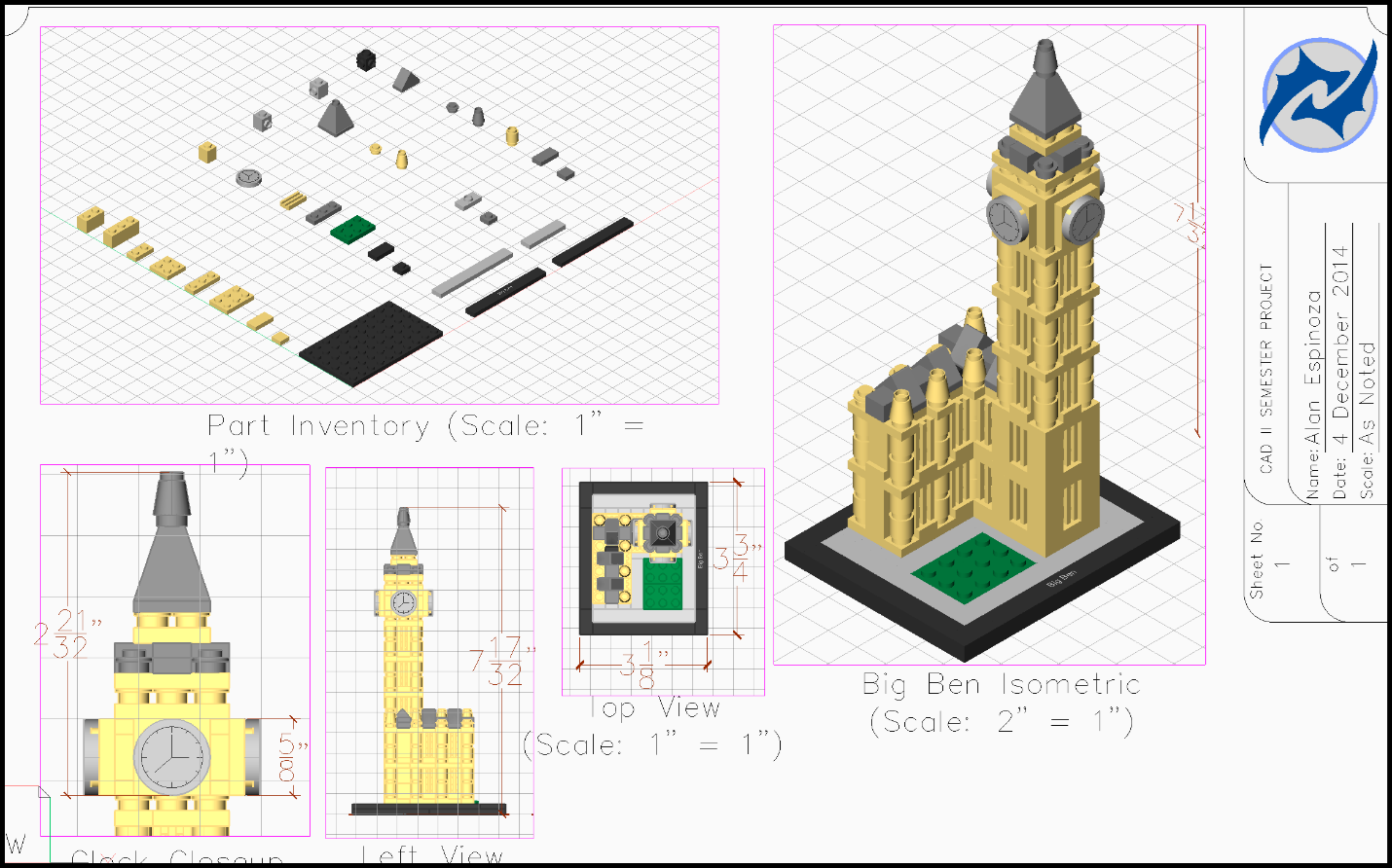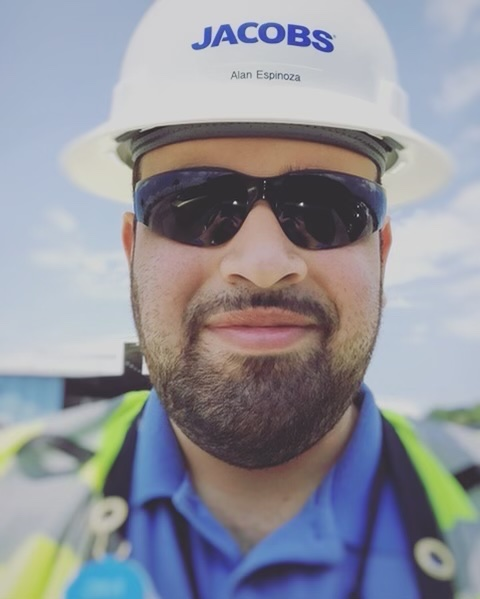As a native Floridian I grew up with all sorts of interesting career opportunities around me. With theme parks in my backyard and Kennedy Space Center just down the road, it was easy to get lost in potential careers such as lead roller coaster engineer or space station designer.
In college I decided to pursue those potential career paths by studying mechanical engineering, but thermodynamics and I did not get along. So, I pivoted into engineering technology, which allowed me to continue in my engineering endeavors but made it more tolerable, because I could play with cool tech. I learned to use equipment like CNC mills, lathes and surveying total stations, and I learned about computer aided design (CAD).

Finding My Focus
CAD was of particular interest to me because it was becoming ubiquitous while I was in school. Seemingly, every sector in the workforce was using computer-aided design tools to draw or model their final products, from theme parks to space stations. I took six different CAD software classes over three semesters and decided that expanding my software toolset would increase my prospects in the workforce.
I landed my first internship with Jacobs Engineering specifically because of my experience with 3D modeling software. Over the next six months, I was responsible for converting some drawings of a large government contractor from 2D to 3D. The final deliverable was a digital twin that we handed over to their facilities maintenance team. I didn’t know it then, but that was my first venture into Building Information Modeling (BIM).

BIM Management
After the internship, I was officially hired as document controller on an integrated project delivery (IPD) project for another large government contractor. Though document controller by title, I more closely held the role of virtual design and construction (VDC) coordinator and project engineer. As the sole person in my construction trailer with knowledge of the design tools used by our architects and engineers, I was responsible for creating workflows that would maximize the utilization of the BIM models. It was uncharted territory for me, but thanks to some great teammates and a whole lot of Googling, I learned several BIM techniques I hadn’t even heard of a year prior.
I ran clash detection weekly and helped save hundreds of thousands of dollars in potential rework. I provided crude 4D reports, set up BIM execution plans, drafted standards and guidelines, and created training programs for my field crews.
However, despite all those efficient workflows we could unlock using BIM, there was little urgency to engage with the technology. The field crews were set in their ways and wanted to keep doing things the old way; and why change things if the project owner didn't care?
Changing the Culture
A few years into my career I was hired as a BIM manager at Universal Studios Florida. I worked alongside some of the most talented creative designers, architects, engineers and contractors on world-class attractions and theme parks. More importantly, I was now on the owner’s side. As an owner’s representative, I could create standards and guidelines on the workflows and technology utilized throughout the design, construction, and operation of our attractions.
As an owner, I was in the unique position of setting requirements and influencing other players in the construction industry to discover the value of advanced BIM. By contractually requiring our vendors to adopt advanced processes, I was able to enforce workflows which would often see success, provide positive results, and return on investment. Little by little I was changing the culture of how we executed projects.
I want to continue changing the culture – not just of a few companies – but of the entire AEC industry.
That's why I'm here at Bricsys. I believe that our solutions can be the amazing tools to improve your 2D drawing capabilities, transition to 3D models, and unlock advanced workflows and collaboration. I can't wait to see where this journey will lead.
Until next time!

